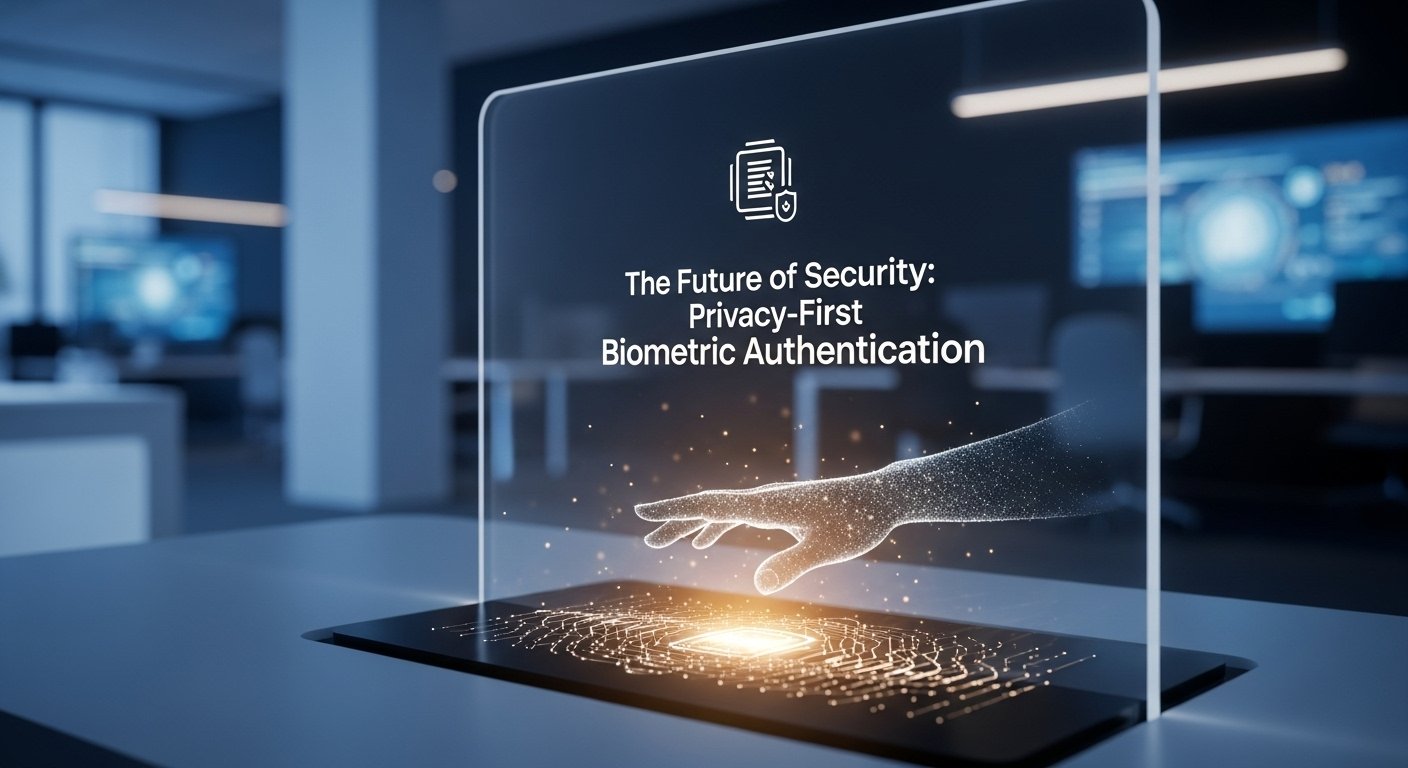In our increasingly connected world, proving your identity has become a daily necessity. From logging into work accounts to authorizing payments, identity verification is everywhere. For years, we’ve relied on passwords, PINs, and security questions—methods that are cumbersome, easy to forget, and far too vulnerable to theft.
Now, we’re standing at the edge of a new era, built on technology that uses your unique biological traits. This leap forward brings a powerful blend of convenience and security. Yet it also raises new questions about privacy. The most advanced systems now prioritize protection by processing data directly on your device, ensuring sensitive information never leaves your possession.
Let’s explore how this innovative approach is redefining digital identity and setting new standards for data privacy.
What Is Biometric Authentication?
Biometric authentication uses unique biological markers—like your face, fingerprint, or voice—to verify who you are. It offers speed, reliability, and a user-friendly alternative to forgotten passwords or lost tokens.
But not all biometric systems are the same. The difference lies in how—and where—your data is handled.
Redefining Security with On-Device Processing
The Risks of Centralized Data
Traditional security systems often send your biometric data to a central server for verification. This creates a huge risk: giant databases of sensitive information become tempting targets for hackers. One breach can expose the personal details of millions of users, leading to identity theft and lasting harm.
The Shift to On-Device Authentication
Modern biometric authentication rethinks this entire approach. With on-device processing, your facial scan or fingerprint never leaves your phone or computer. Instead, the data is converted into an anonymized token stored locally.
Verification happens right on your device. No images, no personally identifiable information (PII), and nothing for hackers to steal from a central location. This decentralized approach dramatically reduces the risk of mass data breaches, leaving control over your identity in your hands.
Unlocking a Seamless User Experience
Frictionless Security for Everyone
Even the best security features can fall short if they’re too hard to use. Complex passwords are forgotten. Clumsy multi-step processes frustrate users. When security gets in the way, people develop bad habits—using simple passwords, or skipping protective steps entirely.
Fast, Intuitive Technology
With on-device biometric authentication, convenience goes hand in hand with safety. Imagine unlocking your bank account or approving a purchase with a simple glance or touch. The process takes just milliseconds—no need to remember complicated codes.
These solutions are designed to be passive and intuitive, blending seamlessly with your everyday digital life. Whether you’re logging in, making a payment, or recovering an account, everything becomes simpler and more secure. Businesses win with stronger protection, while users get a smoother experience.
Meeting Global Privacy and Compliance Standards
Navigating Complex Privacy Laws
As regulations like GDPR, CCPA, and BIPA tighten globally, businesses face mounting pressure to handle data responsibly. Mishandling sensitive information can bring huge financial penalties and reputational damage.
Privacy as a Core Design Principle
Privacy-preserving biometric authentication rises above these challenges. By ensuring no biometric data or PII leaves your device, these systems naturally comply with the world’s strictest laws and standards—such as NIST 800-63 IAL2 and AAL2.
For companies operating across borders, deploying a solution that’s already certified for global compliance offers peace of mind. It eliminates legal headaches, reduces liability, and serves as proof of a true commitment to user privacy.
Embracing a More Secure and Private Future
Why Passwords No Longer Cut It
The way we protect our online identities is changing. Passwords and traditional methods are no longer up to the task. They’re inconvenient, often reused, and dangerously easy to compromise.
The Path Forward
The clear solution is to adopt privacy-first identity solutions. Systems that verify users on-device are at the forefront, combining unmatched speed, security, and privacy. By keeping sensitive details off company servers and in users’ control, they provide a strong shield against fraud and identity theft—without sacrificing ease of use.
Final Thoughts: Protect What Matters Most
Our digital world demands new solutions. Biometric authentication powered by privacy-preserving, on-device technology is leading the charge. It’s time to move beyond outdated security measures and embrace a smarter, safer way to protect what matters most: your personal identity.

